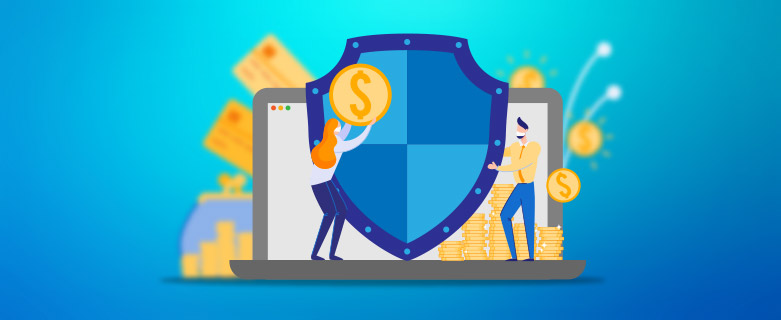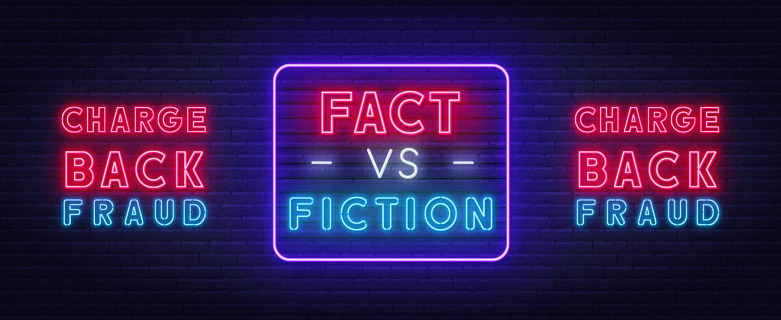News

Online Gambling Chargebacks and Fraud
The origin of gambling dates back to the paleolithic era, thousands of years before written history. The first legal casino was the Ridotto, opened in Venice, Italy in 1638. Online gambling was first popularized in the mid-1990s. Gambling is one of the oldest, most fundamental aspects of human society but the challenges faced by modern gambling businesses are very much of the contemporary age.
Legalized gambling, particularly online, is a massive, growing industry. According to Juniper Research, the total, worldwide value of online wagers should surpass $1 trillion by 2023. But it is also an industry that contends with different degrees of legal restrictions that vary significantly based on geography. Gambling is also very risky—not only for gambling consumers but also for gambling businesses. As a result, legal gambling businesses face a number of challenges and restrictions with regards to payment platforms.
This article will examine why gambling is classified as “high risk” by the payment industry and what the implications of that classification is for gambling businesses.
The State of Legal Gambling in the United States
The status of legalized gambling in the United States, whether online or in person, is complicated. There is no federal law outlawing gambling but its state-level legal status varies wildly from state to state. Gambling is legal, to one extent or another, in every state except for Utah and Hawaii. However, what sorts of gambling are legal and which locations allow gambling varies significantly, with Nevada being the most permissive.
The Federal Wire Act of 1961 outlaws betting across state lines, giving additional enforcement power to state laws on gambling. This also complicates the legal status of online betting. These laws frequently change, as well. State laws regarding sports betting and daily fantasy sports are in a particular state of flux.
This inconsistent, frequently unclear, and geographically dependent legal status of gambling contributes heavily to its designation as a high-risk industry. However, the challenges that legal gambling businesses face with regards to the payment industry extend beyond these legal ambiguities. Gambling businesses face high rates of fraud and chargebacks, as well.
True Fraud in Gambling
According to the ThreatMetrix Gaming and Gambling Cybercrime Report, one in twenty new online gambling accounts are connected to criminal fraudsters. Often these are part of multi-account schemes such as:
- Creating multiple accounts in order to take advantages of bonuses or initial rewards for creating a new account.
- Engaging in a tactic known as “gnoming” in which multiple accounts are created to drive up bonuses or jackpots which are eventually pocketed by one of the fraudster’s accounts.
- Engaging in another tactic known as “chip dumping.” In this scheme, the fraudster populates a game with multiple fake accounts and deliberately directs them to lose to a specific one of their accounts.
Online gambling can also be a target for fraudsters who want to cash in on stolen payment card information, essentially using the casino as a way to launder purloined credentials. In these circumstances, the fraud is less complex as it mostly involves purchasing and then cashing in chips before the stolen card can be cancelled. Once the cardholder discovers the fraud, they often file a chargeback.
As with actual casinos, online gambling sites can also be targeted by sophisticated fraud schemes relating to the games themselves with clever criminals attempting to cash in with an enormous, fraudulent payday.
Chargeback Fraud in Gambling
Even legal gambling can suffer from moralistic opposition to gambling in general. In the case of chargeback fraud, this can result in circumstances in which a consumer knowingly participates in legal gambling but later requests a chargeback out of regret or shame. This problem can be particularly acute if the consumer loses a large sum of money.
Similarly, gambling addiction—classified as Gambling Disorder in the Diagnostic and Statistical Manual of Mental Disorders, Fifth Edition—can lead to unhealthy behaviors which result in regret-based chargebacks.
This sort of chargeback fraud can be especially damaging because of the high volumes and large dollar amounts that are possible in gambling transactions.
Friendly Fraud in Gambling
Even when legal, gambling is an age-restricted activity. This creates an opening for a kind of friendly fraud known as “family fraud.” An example of such would be an underage person using an adult relative’s payment card information in order to participate in gambling unbeknownst to the cardholder. When the cardholder receives their billing statement, they see gambling charges that they do not recognize and file a chargeback.
Many legal gambling businesses have complex ownership structures, which could affect billing descriptors. This can result in a form of friendly fraud in which a consumer does not recognize their own payment activity with a gambling business due to an unrecognizable business name in the payment card statement. Incorrectly assuming fraud, the consumer requests a chargeback.
Understanding the Sources of Fraud
Gambling businesses are classified as “high risk” by payment processors and almost certainly restricted to making use of high risk and gambling specific merchant accounts. These accounts have higher fees and often require additional chargeback monitoring compared to standard merchant accounts. However, these restrictions are not an insurmountable impediment to a well-run business. Savvy purveyors of legal gambling can eliminate sources of fraud through a number of measures, technological or otherwise.
Any efforts to reduce fraud and fraud-related chargebacks begins with an understanding of the sources of those chargebacks. Chargeback management software that allows you examine your payments ecosystem at both the macro and micro level is essential. It allows you to spot broad trends while also focusing on the fine-grained details. Any good chargeback management strategy necessarily begins with an analysis of the data generated by this kind of software.
Next Steps
Start identifying fraud before it happens with our full suite of our proprietary chargeback management tools (including Management Dashboards, In-Depth Analytics Tools, and On-Demand Reports). MidMetrics gives you a comprehensive platform for reducing your chargeback rate and monitoring your merchant accounts’ health.
MidMetrics is expertly designed to be easy to use, and it requires minimal IT effort for merchants to implement. It integrates with payment processors, gateways, CRMs, and service providers via API, and uses secure credentials to establish direct connections with card networks and banks. On the user end, MidMetrics automatically gathers and aggregates relevant data from all available sources, normalizing and presenting it in readable reports that present clear and actionable insights to merchants.
Want to see MidMetrics in action? Schedule a demo with us.









